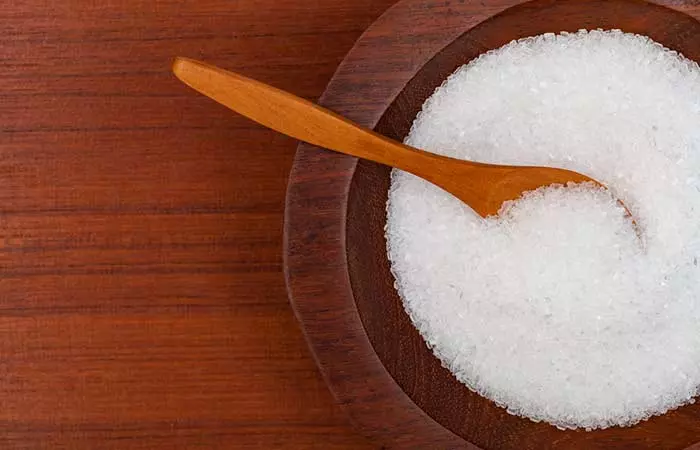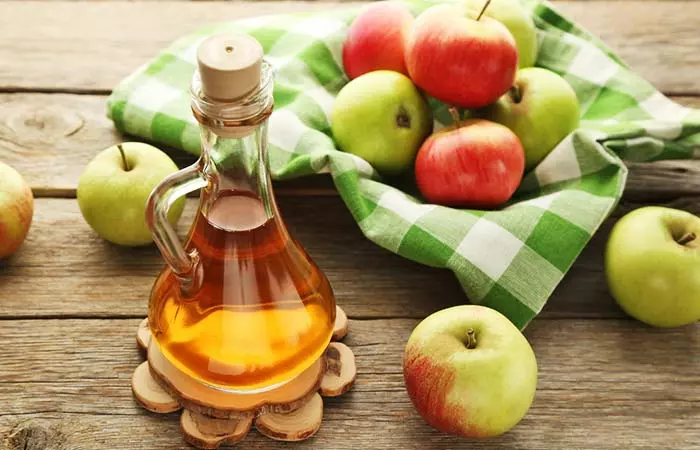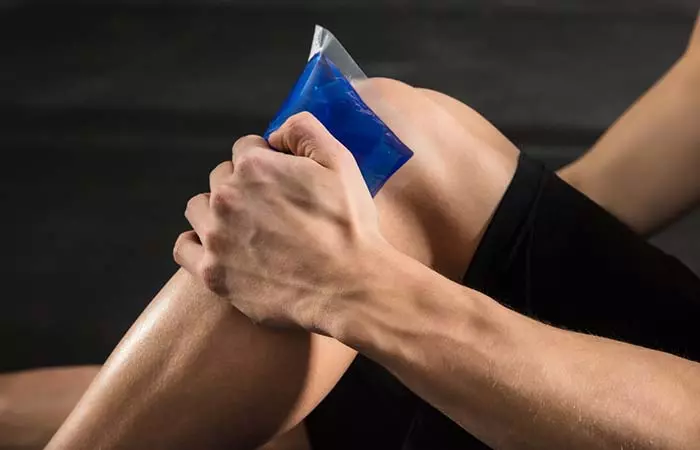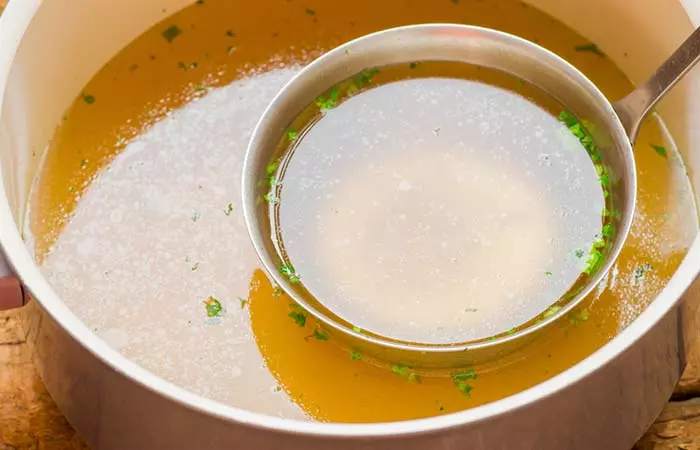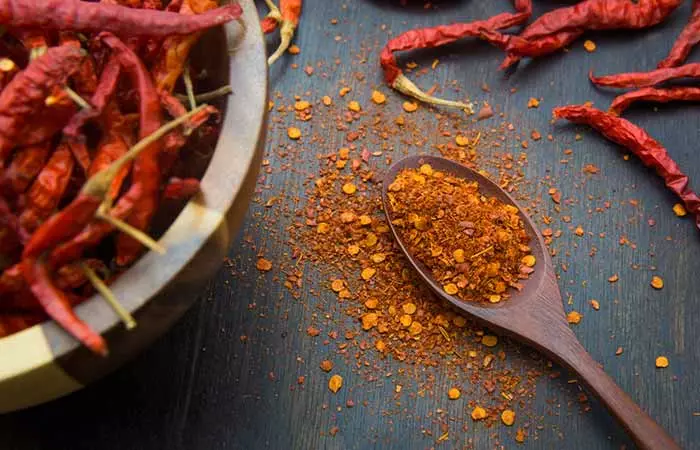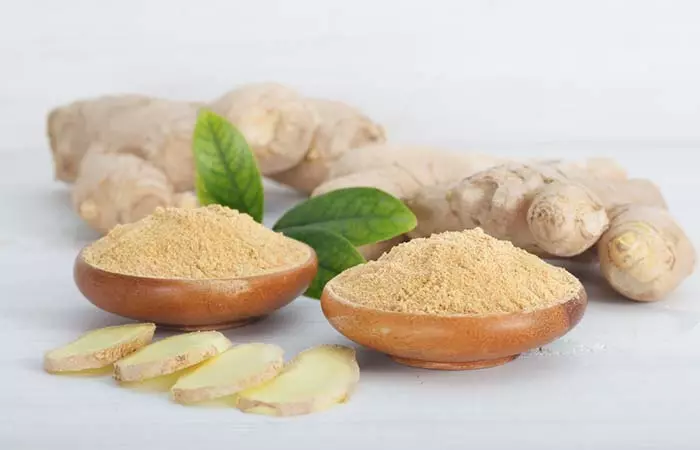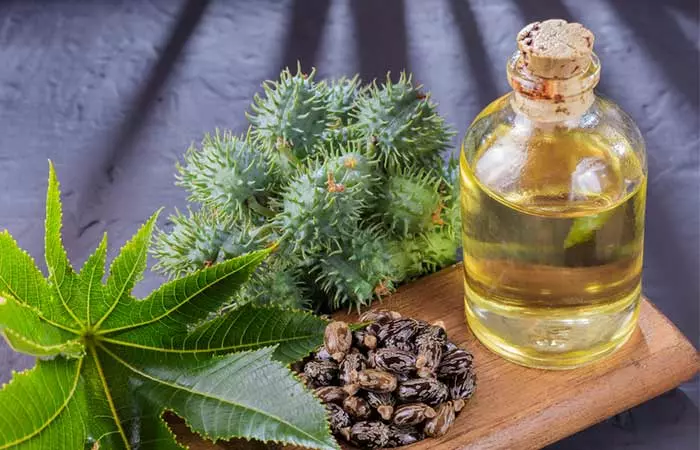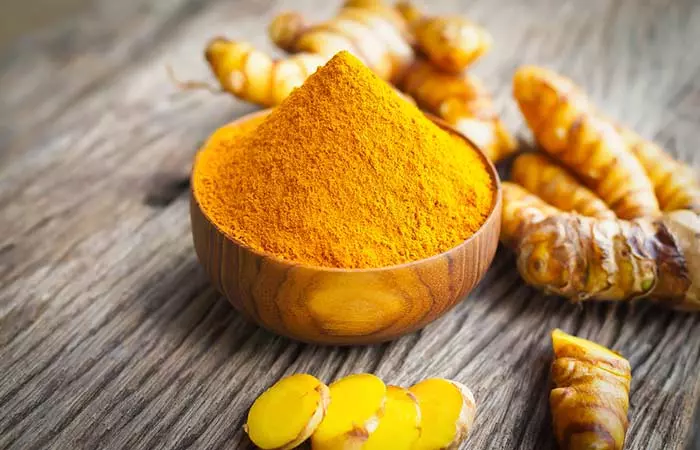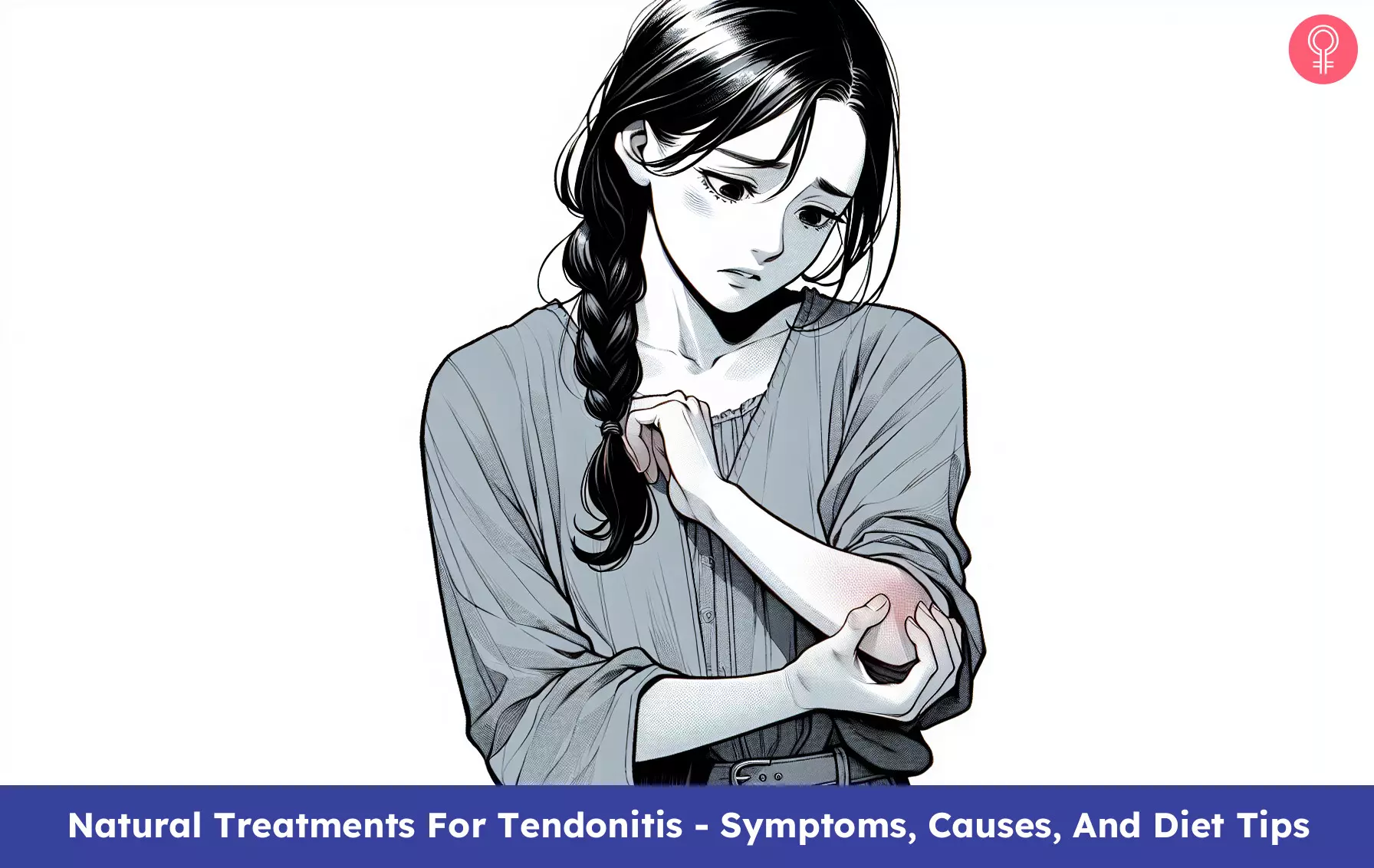What Is Tendonitis?
Tendonitis is a medical condition that develops as a result of inflammation or irritation of a tendon – a thick cord of collagen tissue that attaches your bone to your muscle . This condition is also commonly referred to as tendinitis. Randy Ellefson, a guitarist and blogger, recounted his struggle with tendonitis that resulted from intensive guitar playing during his college years. He wrote, “The tendinitis (also spelled “tendonitis”) silently building in both arms suddenly came to life in August 1996. Temporarily crippled and unable to use my arms, I was unemployed for a year (i). It can occur as a result of a repetitive but minor impact on the affected area or from serious injury. Wondering which areas of your body are more prone to tendonitis? Let’s find out.
Common Areas Affected by Tendonitis
While tendonitis can occur in part of your body where a tendon is connecting your bone to your muscle, it is more likely to occur in the:
Base of your thumb Elbow Knee Hip Shoulder Achilles tendon
Tendonitis is classified into different types depending on the different body parts it affects.
Types Of Tendonitis
Achilles Tendinitis – An injury to the Achilles tendon that may be caused by ill-fitting shoes or sports injuries. Knowing about some home remedies, such as ice packs, castor oil, etc., can help you treat Achilles Tendinitis effectively at the comfort of your home. Supraspinatus Tendonitis – It occurs when the tendon around your shoulder joint becomes inflamed. Peroneal Tendonitis – Inflammation of the peroneal tendons (located in the legs and ankles). Extensor Tendonitis – Inflammation of the extensor tendons located in your hands and feet. Patellar Tendonitis – Inflammation due to an injury to the tissues connecting the kneecap to your shin bone (patellar tendon). Golfer’s/ Tennis Elbow – Irritation of the tissue that connects your forearm muscle to your elbow. Knowing about Tennis Elbow causes, symptoms, and remedies can further help you tackle this situation better. De Quervain’s Stenosing Tenosynovitis – This type of tendinitis results from the inflammation of the sheath that surrounds your thumb tendons, between your thumb and wrist. Trigger Finger/Thumb – It is caused by the inflammation of the tendon sheath in your palms. Tendonitis Of The Wrist – It is a degenerative condition that affects the tendons of your wrist.
Inflammation of your tendon results in the signs and symptoms listed below.
Signs And Symptoms
The symptoms associated with tendinitis are:
Pain in the affected and surrounding area: The pain can be gradual or sudden and severe in the presence of calcium deposits. Frozen shoulder or adhesive capsulitis: Loss of shoulder motion Pain that worsens upon movement Crackling or grating of tendons as they move Swelling Redness Development of a lump along the tendon
These symptoms can last anywhere from a few days to several weeks or even months. Various activities can trigger or even worsen existing cases of tendonitis. They include the following.
Causes And Risk Factors
Carpentry Raking Gardening Painting Shoveling Skiing Scrubbing Tennis Golf
Other factors that can increase your risk of developing tendonitis are:
Sitting or sleeping in an incorrect posture at home or at work Not warming up before a strenuous workout or sports Medical conditions like rheumatoid arthritisi An autoimmune inflammatory disease that affects the tissue lining on both sides of the joints at once, causing intense pain. , gouti A type of arthritis that occurs when uric acid forms crystals in the joints and is characterized by pain, joint tenderness, and redness. , or psoriatic arthritisi A type of arthritis that affects people with the skin condition psoriasis (a skin disease). Overuse of the affected tendon Infections from a cat or dog bite
Diagnosis
To diagnose your condition, your doctor may ask you to:
Get a physical examination done to look for an injured tendon. Get an X-ray to look for calcium deposition that will help confirm the diagnosis. Take other imaging tests like an ultrasound or MRI scan to look for swelling.
Once your diagnosis is confirmed, you may start looking for ways to alleviate your symptoms. Treatment will help in combating tendonitis faster and preventing your symptoms from worsening. Before looking at the medical options to treat your condition, why not have a look at some natural treatments for tendonitis that are as effective but with fewer side effects? Keep scrolling! Note: The first line of treatment for acute tendonitis should be RICE. R – Rest, I – Ice, C – Compresion, E – Elevation of the joint.
Natural Treatments For Tendonitis
Home Remedies To Treat Tendonitis
1. Epsom Salt
1 cup of Epsom salt Water
Do this at least once daily. Epsom salt is also known as magnesium sulfate. The presence of magnesium helps reduce the inflammation and swelling of your tendons (1).
2. Apple Cider Vinegar
½ cup of raw apple cider vinegar ½ cup of warm water A clean washcloth
You can apply an apple cider vinegar compress thrice daily. Apple cider vinegar has powerful anti-inflammatory properties due to the presence of acetic acid in it . It can help reduce pain, swelling, and inflammation (2).
3. Ice Packs
An ice pack Do this 2 to 3 times daily for best results. An ice pack helps reduce symptoms of inflammation and swelling when applied topically. It also numbs the affected area and relieves pain (3).
4. Bone Broth
A bowl of freshly prepared bone broth Consume a bowl of freshly prepared bone broth. Have bone broth once daily. Bone broth contains nutrients like glucosaminei A chemical compound found naturally in cartilage, a tough tissue that cushions joints and helps reduce friction during movement. and chondroitini A naturally occurring substance that forms the main component in the cartilage and prevents it from breaking down. that help in speeding the healing of your tendons (4).
5. Cayenne Pepper
1 teaspoon of powdered cayenne pepper 2-3 teaspoons of olive oil
You can apply cayenne pepper topically 2 to 3 times daily. One of the main components of cayenne pepper is capsaicin. This compound exhibits analgesic activities that relieve pain and alleviate inflammation (5), (6).
6. Vitamin C
100-500 mg of vitamin C Consume foods rich in vitamin C like citrus fruits, spinach, and kale or take additional supplements for it after consulting your doctor. You must incorporate vitamin C into your daily diet. Supplementation with vitamin C helps in speeding up the healing of inflamed tendons. This could be due to its anti-inflammatory properties as well as its ability to synthesize collageni A protein found in the connective tissue of the body that gives structural support to the tissues and repairs them. (7).
7. Ginger
1-2 inches of ginger 1 cup of hot water
Drink ginger tea twice daily for faster recovery from tendonitis. Ginger is a herb that possesses powerful analgesic and anti-inflammatory properties due to the presence of gingeroli A chemical compound in ginger that stimulates the spice receptors on the tongue and contains anti-inflammatory and antioxidant properties. in it. These activities can help manage pain, inflammation, and other symptoms of tendonitis (8).
8. Castor Oil
1 tablespoon of cold-compressed castor oil A warm compress
Do this twice daily. Castor oil contains ricinoleic acid that possesses anti-inflammatory and analgesic properties that can help alleviate pain and inflammation (9).
9. Turmeric
1 teaspoon of turmeric powder 1 glass of hot milk
You can do this once daily. Turmeric contains curcumin. Curcumin possesses anti-inflammatory and analgesic properties that can help in healing tendonitis and alleviating its symptoms (10), (11). In addition to these natural treatments for tendonitis, there are some medical treatments available to alleviate the symptoms of this condition. They are discussed below.
Other Treatment Methods
Your doctor will first suggest you get enough rest and may even ask you to use ice packs . You may be prescribed painkillers like:
Non-steroidal anti-inflammatory drugs (NSAIDs) like ibuprofen Corticosteroidi A term used for a class of hormones produced by humans as well as an anti-inflammatory medicine used to treat inflammation. injections Physical therapy that may involve massaging the affected area
If your condition persists and there are also calcium deposits surrounding the tendon, you may have to avail shock wave therapy. You can also consider wearing a splint or brace.
Consider Wearing A Splint Or Brace
When dealing with tendonitis, wearing a splint or brace can be a valuable component of your treatment plan. These supportive devices aid in several ways:
Immobilization: Limits the movement of the affected joint or tendon, allowing it to rest. Reduced movement minimizes strain on the inflamed area. Stability: Provides stability to the affected joint, reducing the risk of further injury or aggravating the existing one. Pain Relief: By restricting movement and stabilizing the tendon, it can alleviate pain and discomfort associated with tendonitis. Improved Healing: Supports the body’s natural healing processes and prevents further inflammation.
However, It’s crucial to consult with a healthcare professional for guidance on the appropriate type of splint or brace for your specific condition. If your condition deteriorates because of leaving the affected tendon untreated for too long, causing the tendon to rupture, you may need to undergo surgery. For a holistic recovery from tendonitis, you must pay extra attention to your diet as well.
Best Diet For Tendonitis
Foods To Eat
Foods that help tendonitis are mostly anti-inflammatory. They include:
Vitamin C-rich foods like citrus fruits, green leafy vegetables, bell peppers, broccoli, and papaya Whole grains like brown rice, spelt, oats, and rye Omega-3i Fatty acids commonly found in the form of supplements that are needed to maintain a healthy body. -rich foods like fatty fish, walnuts, flaxseed, canola oil, and chia seeds
Foods To Avoid
Avoid these foods:
Foods containing saturated fats like high-fat dairy and meat like lamb and steak Refined grains like white bread, white pasta, pretzels, and low-fiber cereals Foods containing free sugar like candies, soft drinks, and pastries Caffeine Alcohol
In addition to getting the right nutrition, following a few prevention tips may help avert the recurrence of the condition.
Prevention Tips
Practice exercises that help in stretching and strengthening the muscles surrounding your tendon. Warming up before and cooling down after a strenuous workout is also important to prevent tendinitis. Avoid repeated use of an injured tendon. Avoid being in one position for too long. Give yourself ample rest so that your body works towards repairing your tendon. Opt for acupuncture to speed up your recovery.
When to see a doctor for tendonitis? See a doctor immediately if you experience recurring pain and/or swelling in the impacted area that does not subside despite rest or medications. This usually happens if you have ruptured your tendon. What are the best essential oils for tendonitis? Essential oils that are anti-inflammatory and analgesic can help a great deal in relieving tendonitis. A few such essential oils are lavender oil, peppermint oil, sweet marjoram oil, frankincense oil, helichrysum oil, lemongrass oil, and chamomile oil. How painful is calcific tendonitis? Calcific tendonitis is not of much concern unless the calcium deposits causing it to become inflamed or bigger. Calcium deposition mostly occurs in the muscles and tendons that surround your shoulder joints. Progression of this condition may have extremely painful results, and it is even capable of impairing your movement. Does vitamin D help tendonitis? Possibly. Vitamin D significantly contributes to the healing of tendon-to-bone injuries by boosting bone mineral density and fortifying the skeletal muscles (12). Does CBD help with tendonitis? Possibly. CBD is packed with anti-inflammatory and analgesic properties that may help soothe tendonitis (13). Is tendonitis a form of arthritis? No. Tendonitis is the inflammation of a tendon, whereas arthritis is the inflammation of a joint. While both disorders occasionally coexist, having one does not necessarily predispose you to develop the other.
Illustration: Natural Treatments For Tendonitis - Symptoms Causes And Diet Tips
You can relieve the pain of tendonitis quite efficiently with some effective home remedies. Check out this video to know how to reduce tendonitis inflammation and get back to living pain-free.
